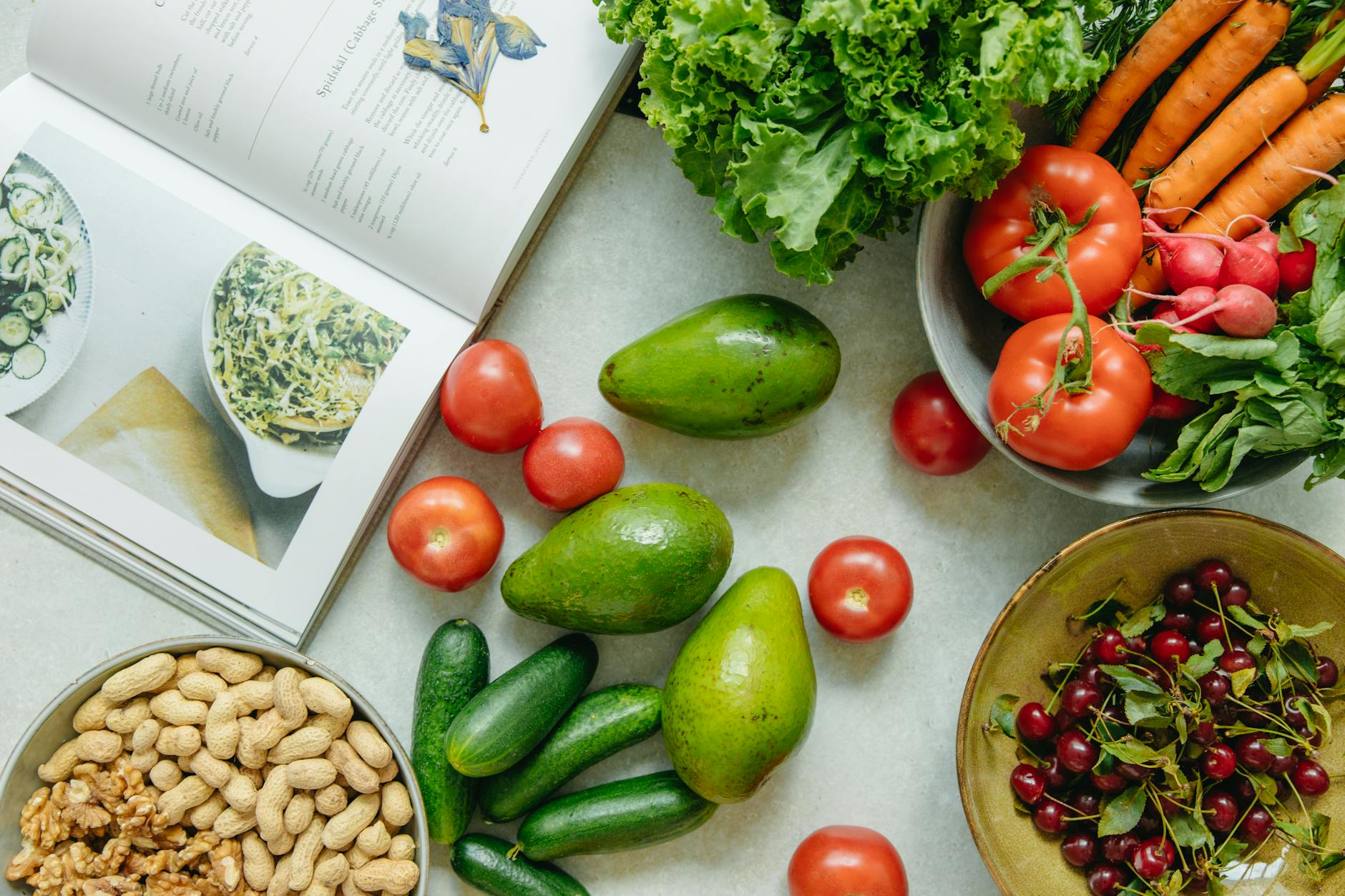Discover the secrets to thriving with Celiac Disease, from delicious gluten-free recipes to navigating social situations with ease.
Table of Contents
Living with celiac disease can pose its challenges, but with the right knowledge and tools, it is possible to thrive on a gluten-free diet. In this blog post, we will delve into the ins and outs of celiac disease, exploring its symptoms, causes, diagnosis, and treatment options, as well as providing tips for how to navigate daily life with this condition.
Symptoms of Celiac Disease
Celiac disease is an autoimmune disorder that affects the small intestine. When individuals with celiac disease consume gluten, a protein found in wheat, barley, and rye, it triggers an immune response that damages the lining of the small intestine. This can lead to a variety of symptoms, including:
- Abdominal pain
- Bloating
- Diarrhea
- Weight loss
- Fatigue
- Irritability
If you are experiencing these symptoms on a regular basis, it is important to see a healthcare provider for testing and diagnosis.
Causes of Celiac Disease
Celiac disease is primarily caused by a genetic predisposition to the condition. Individuals with specific genetic markers are more likely to develop celiac disease when exposed to gluten. Additionally, environmental factors may play a role in triggering the immune response that leads to the development of celiac disease.
Diagnosis and Treatment
If celiac disease is suspected, healthcare providers will typically perform blood tests to check for specific antibodies that are indicative of the condition. In some cases, an endoscopy may be done to examine the small intestine for damage.
Currently, the only treatment for celiac disease is a strict gluten-free diet. This means avoiding all sources of gluten, including bread, pasta, cereals, and even some sauces and condiments. With the rise in popularity of gluten-free products, it has become easier to find delicious alternatives to gluten-containing foods.
Navigating Life with Celiac Disease
Having celiac disease does not mean you have to miss out on delicious meals and social gatherings. There are plenty of gluten-free options available at grocery stores and restaurants, and many places now offer gluten-free menus to cater to individuals with dietary restrictions.
| Topic | Information |
|---|---|
| Celiac Disease | Celiac disease is an autoimmune disorder where consuming gluten can damage the small intestine. |
| Symptoms | Symptoms of celiac disease include bloating, diarrhea, fatigue, and weight loss. |
| Gluten | Gluten is a protein found in wheat, barley, and rye that can trigger an immune response in individuals with celiac disease. |
| Gluten-Free Diet | A gluten-free diet involves avoiding all products containing gluten, including bread, pasta, and baked goods. |
| Gluten-Free Options | There are many gluten-free alternatives available, such as rice flour, quinoa, and gluten-free oats. |
When cooking at home, it’s important to read labels carefully to ensure that products are truly gluten-free. Cross-contamination can also be a concern, so it’s a good idea to have separate kitchen tools and cooking spaces for gluten-free items.
Final Thoughts
Living with celiac disease may require some adjustment and diligence, but it is entirely possible to enjoy a fulfilling and delicious life on a gluten-free diet. By staying informed, advocating for yourself, and seeking out support from healthcare providers and other individuals living with celiac disease, you can confidently navigate the challenges that come with this condition.
Remember, you are not alone on this journey. Together, we can embrace gluten-free goodness and thrive with celiac disease.
Frequently Asked Questions
Here are answers to four common questions related to living with Celiac Disease:
Question 1: What foods should I avoid on a gluten-free diet?
Answer 1: On a gluten-free diet, it’s important to avoid wheat, barley, rye, and any products containing these grains. This includes bread, pasta, cereals, and many processed foods that may contain hidden sources of gluten.
Question 2: Can I still enjoy eating out at restaurants with Celiac Disease?
Answer 2: Yes, many restaurants now offer gluten-free menu options or are willing to accommodate dietary restrictions. It’s important to communicate your needs to the restaurant staff and ask about cross-contamination protocols to ensure a safe dining experience.
Question 3: How can I maintain a balanced diet on a gluten-free lifestyle?
Answer 3: To maintain a balanced diet on a gluten-free lifestyle, focus on incorporating a variety of fruits, vegetables, lean proteins, and gluten-free grains like rice, quinoa, and gluten-free oats. Explore gluten-free recipe books and websites for inspiration and new meal ideas.
Question 4: Are there any resources available for individuals living with Celiac Disease?
Answer 4: Yes, there are many resources available for individuals living with Celiac Disease, including support groups, online forums, and reputable websites that provide information on gluten-free living, recipes, and tips for managing the condition. Consult with healthcare providers and nutritionists for personalized guidance.





